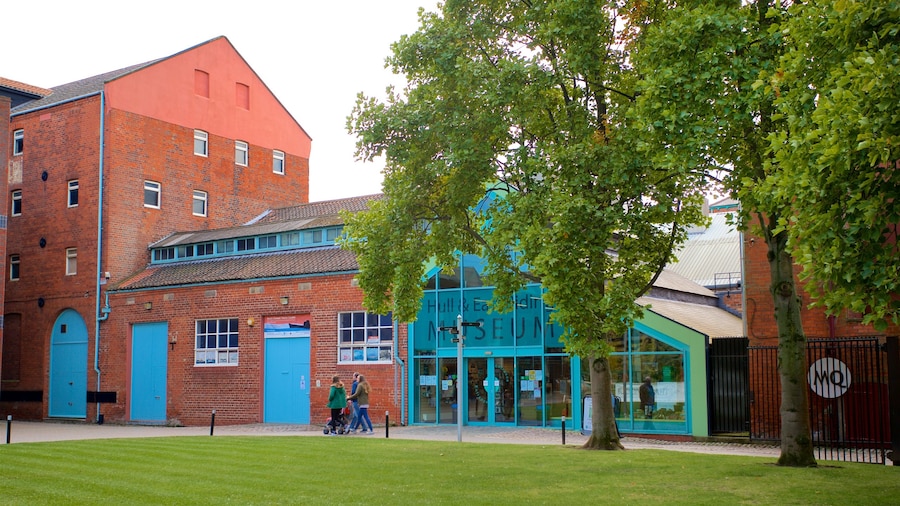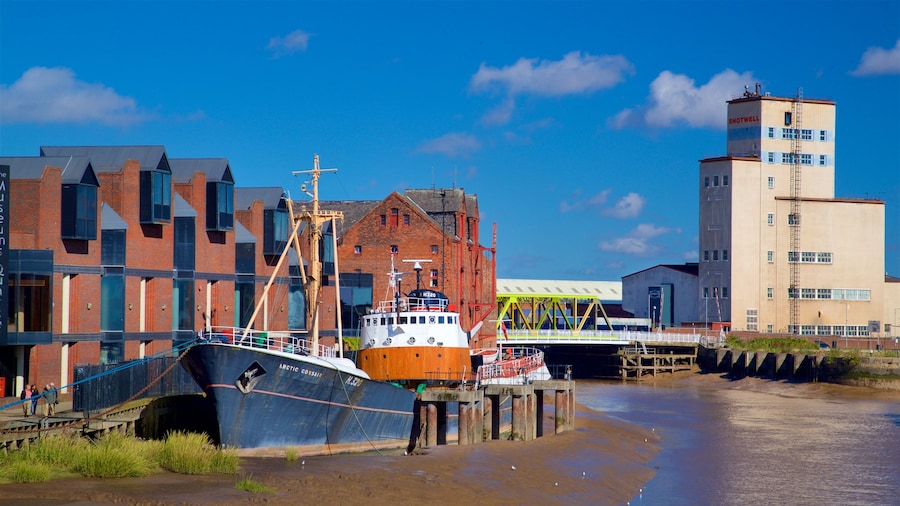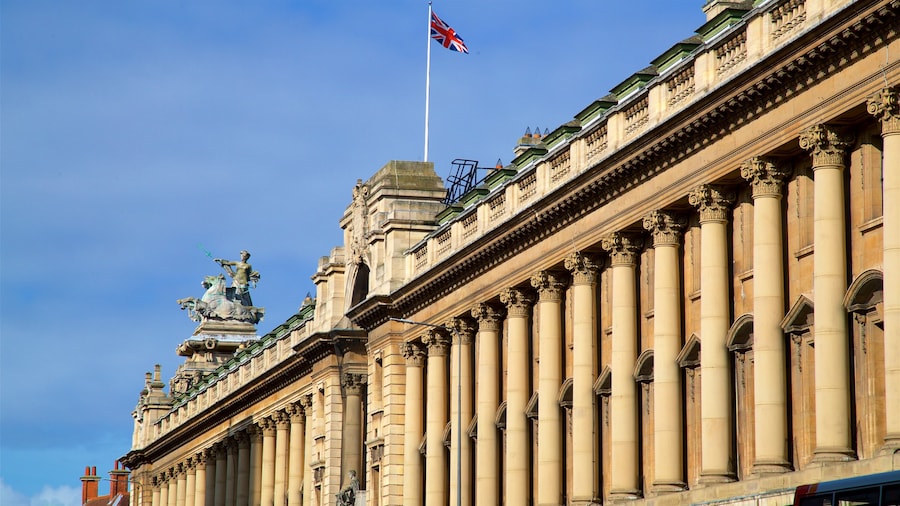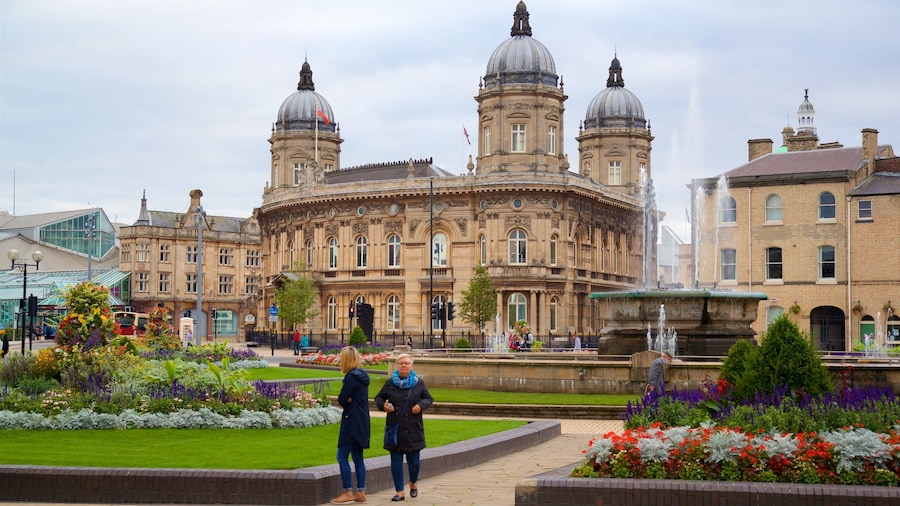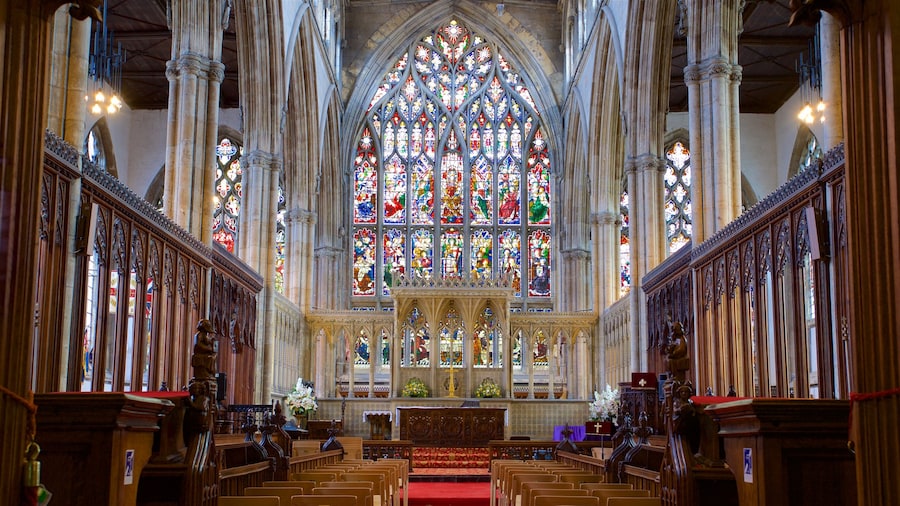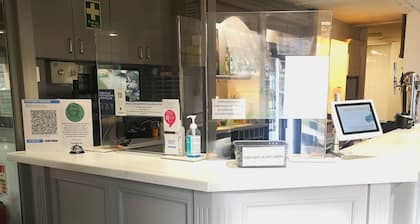The Wilberforce House Museum is the birthplace of its namesake campaigner, who fought against the slave trade. Its intriguing exhibits describe the history of the slave trade and its eventual abolition. Find out about the life of this fascinating local hero through his journals, costumes and other personal items.
Arrive at the redbrick building and inspect the engraving at the base of the statue of William Wilberforce. Admire the colorful floral displays along the foundation of the traditional English façade and the creeping vines that entangle the edges of the white window frames.
Enter the museum and learn the story of the transatlantic slave trade. Get a sense of West African culture in galleries showcasing historic crafts and artifacts from the region. Try to understand the depth of the horrors of the slave trade through plantation records and personal stories. The site also contains a section on the East Yorkshire Regiment and clock-making as well as a collection of silver from Hull.
See William Wilberforce’s old beige coat and black chair. Examine the Wedgewood Anti-Slavery Medallion that features a kneeling slave as its insignia. Learn about tragic examples of slavery occurring in the world. Find out the details of the life of William Wilberforce. He was born in this house in 1759 and crusaded for the abolition of slavery until the passing of the Slave Trade Act in 1807.
Note that the house is open to the public daily from morning until late afternoon. Admission to the site is free.
The Wilberforce House Museum is part of the Museums Quarter in the central section of Hull. Arrive at the city’s railway station and walk east for 15 minutes to reach this spot along the western bank of the River Hull. Explore the district to encounter such sights as the Arctic Corsair, the Hull and East Riding Museum and the Museum of Club Culture.






